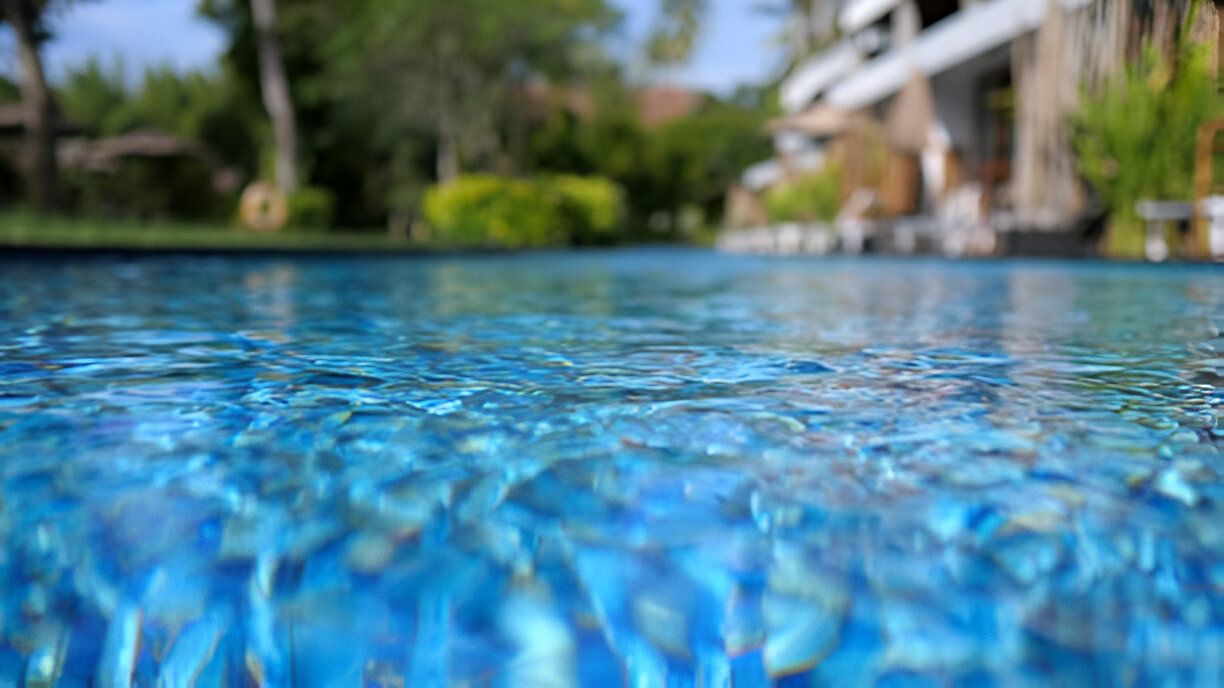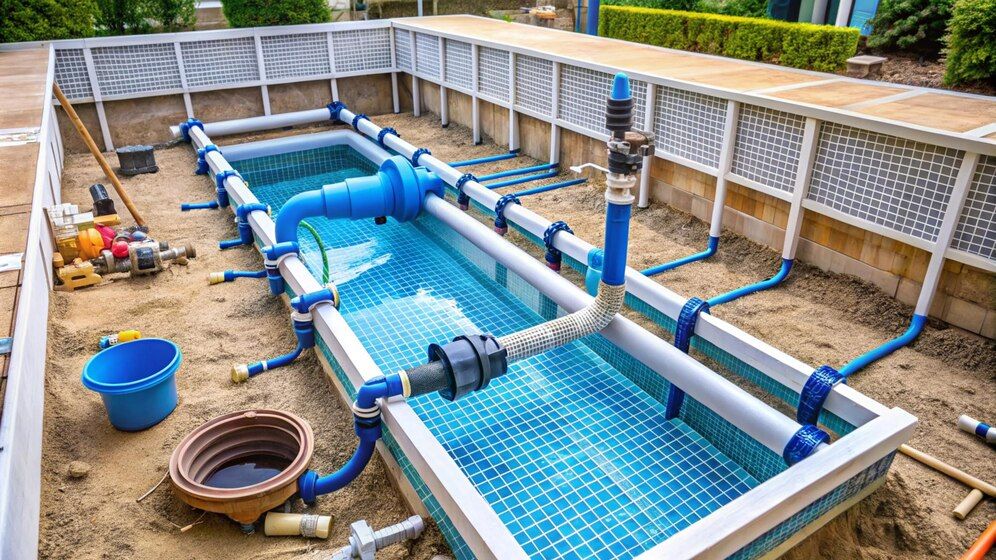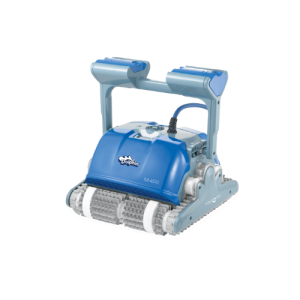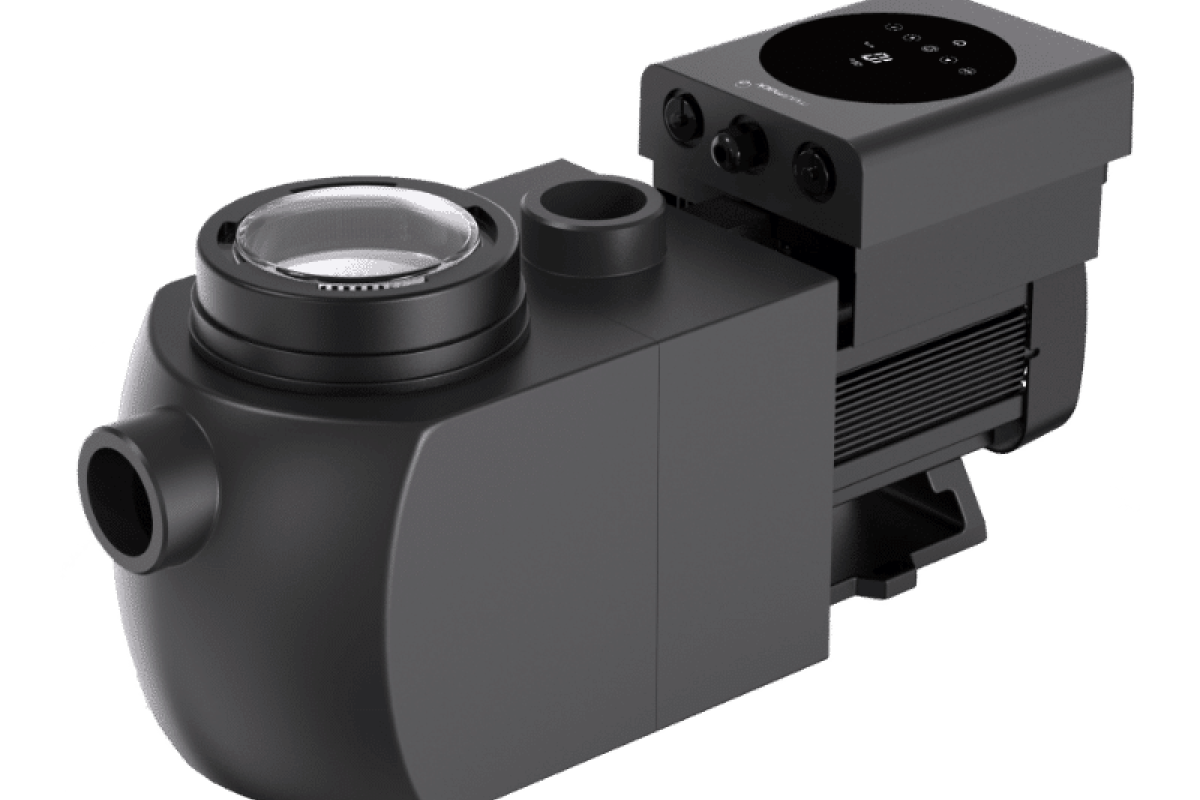
-
Dev Team
-
May 19, 2023
Benefits of a Variable Speed Pool Pump
Your pool pump is the heart of your filtration system, it is responsible for circulating the pool water through the filter and chlorinator resulting in clean and sanitised water. In a lot of cases however your pool pump can be the single largest consumer of energy in your household, in some cases accounting for $1500 of your annual power bill. Enter the variable speed pump.
Efficiency
Variable speed pool pumps have experienced increasing popularity among pool owners who want to reduce energy consumption and shave off some of the cost associated with running their pool pump. Variable speed drive pumps work by reducing the flow rate of the pump, by reducing the flow rate you dramatically reduce the power consumption of your pool pump, as you can see from the below table the power consumption is not linear with the flow rate of the pump, meaning you can run your variable speed drive pump at 50% of its maximum flow rate while only consuming a touch over 25% of the power of a single speed pump.

Variable speed drive pumps differ from single-speed pumps, which run at a constant speed and use a lot of energy. The variable speed pump on the other hand can be adjusted to run at different speeds depending on the specific needs of your pool, and with the latest technology found in the Madimack Eflow Elite VS Inverter Pool Pump they can sense any back pressure in your system (ie. if your filter is dirty) and adjust the power output to maintain a constant flow rate ensuring adequate filtration all of the time. As already evidenced above this results in real cost savings. In most cases a variable speed pool pump will pay for itself in a little over 12 months.

Longevity
One of the side benefits of a variable speed pool pump is their increased lifespan when compared to single speed pumps.Due to the fact that they are not running at full capacity all of the time variable speed pumps don’t experience anywhere near the wear and tear on moving parts and other components as single-speed pumps. This means that variable speed pumps are less likely to break down and need repairs or replacements, which can save you money in the long run. This is backed up by the market leading warranty on the Madimack Eflow Elite VS Inverter Pool Pump of 4 years!
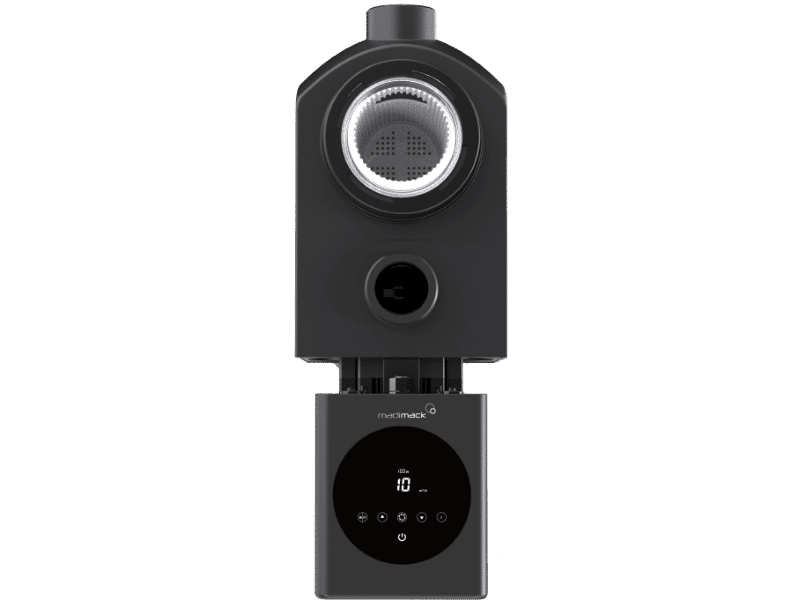
Reduced Noise
By virtue of running at a lower speed a variable speed pump will produce far less noise than a traditional single speed pump when operating at a lower speed. This is especially beneficial if your pool pump is located close to your house or one of your neighbours bedrooms. The Madimack Eflow Elite VS Inverter Pool Pump is the quietest pump on the market, not only does it run at a lower speed but it also has sound absorbent materials built around the motor and a volute hydraulic system resulting in turbulence free flow which produces far less noise when compared a traditional diffuser type.

Customizable Speed
A variable speed pump can be adjusted based on your specific needs, for instance if you are running a water feature you may want to increase the flow rate for better effect. You may also want to increase the speed when you need to vacuum the pool for better suction, and then revert back to the lower speed for your filtration cycle. In this way you can get all of the benefits of a single speed pump while still realising the cost savings associated with a variable speed pump.
Conclusion
All things considered, it is pretty clear that the environmental benefits and ongoing savings on pump running costs make this decision a no brainer for the team at Clarity Pool Management Sydney. Variable speed pumps win the battle hands down, get in touch with one of our technicians today if you would like to book in a no obligations site inspection to find out more about how much you could save with a new variable speed pool pump in Sydney.



